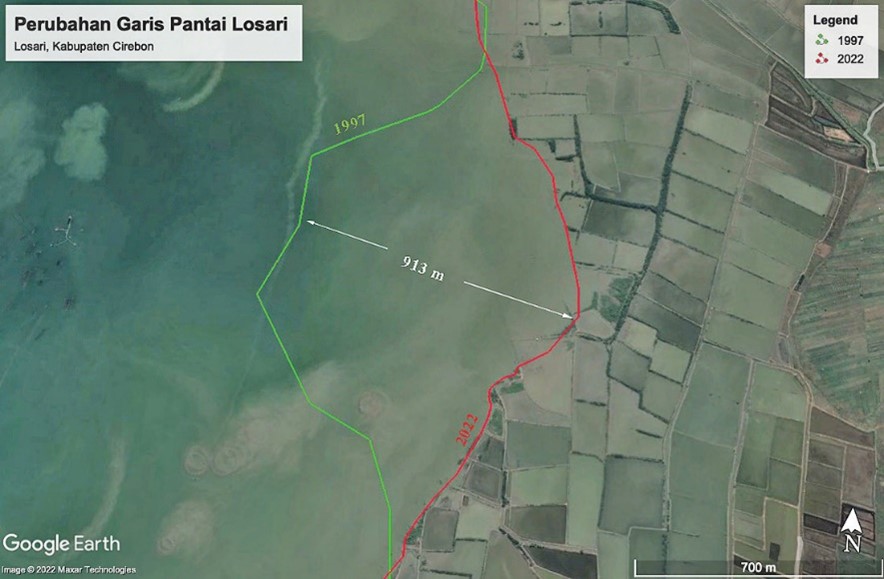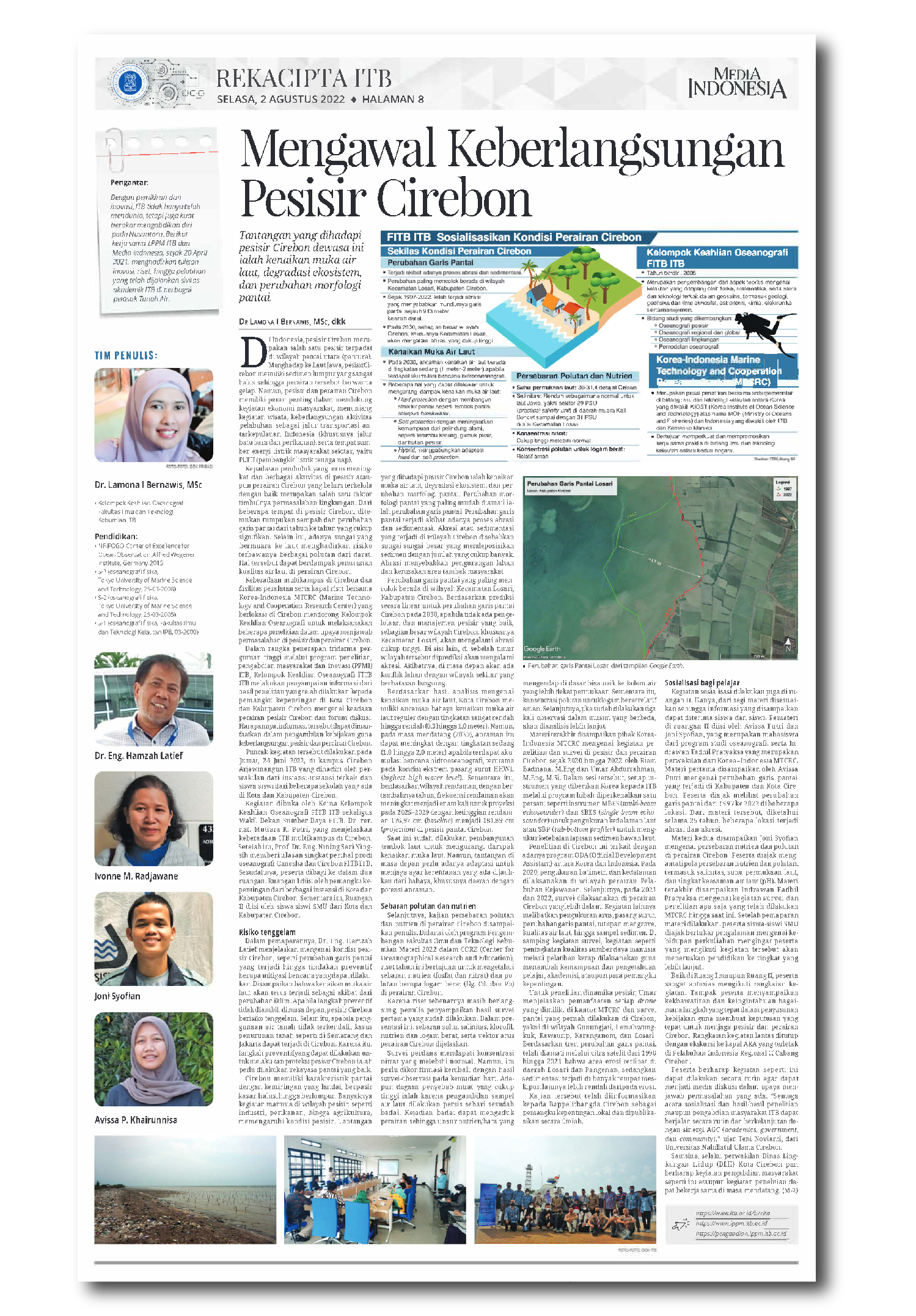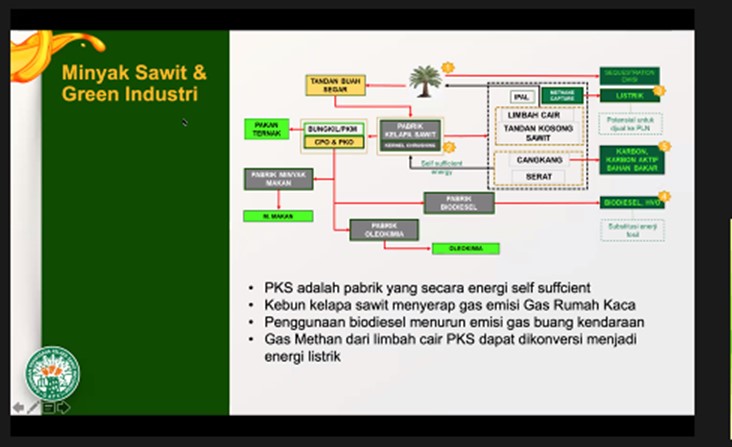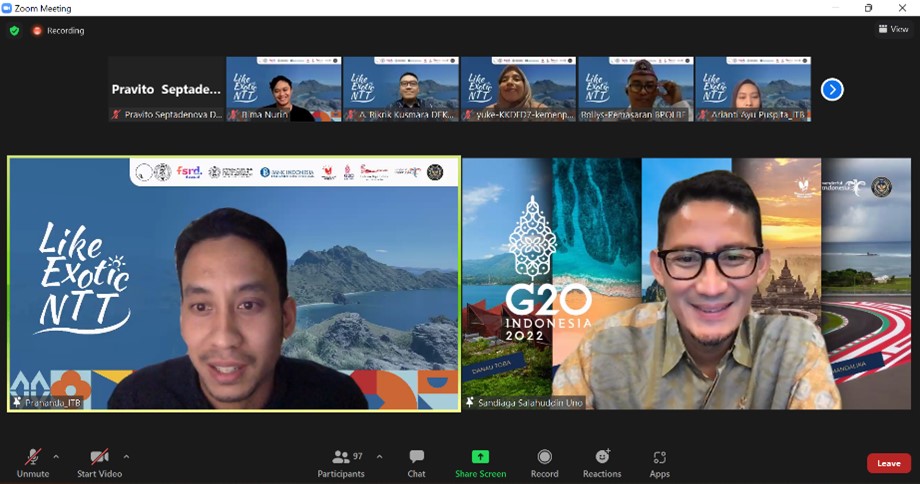Seeking Answers to Cirebon Coastal Problems with ITB Community Service Activity
By Adi Permana
Editor Adi Permana

BANDUNG, itb.ac.id—The Cirebon Coast holds a million roles in supporting the community's economic activities through the tourism sector, ports, and electrical energy generation. However, the ever-increasing population has made the north coast area increasingly difficult to manage, environmental problems being one of the biggest obstacles.
Institut Teknologi Bandung was moved to partake in solving said problem through its Oceanography Research Group. With its equipment facilities and research ships from the Korea-Indonesia Marine Technology and Cooperation Research Center (MTCRC), a community service was held to provide education regarding the state of the waters there. Through this activity, the stakeholders in Cirebon can soon release policies to save its coastal sustainability.
The peak of this community service event was held on Friday (24/6/2022) at the ITB Cirebon Arjawinangun Campus and was attended by various parties. After the opening ceremony was done, the participants were divided into two rooms in compliance with the new adaptation policy.
In Room I, representatives of instances were invited to get to know the ever changing conditions of their area’s coastlines. Dr. Eng. Hamzah Latief as the first speaker explained how the Cirebon coast is undergoing abrasion and accretion due to large rivers that deposit sediments in large amounts. Reduction of land thus occurs and people’s ponds are affected by that. “The Losari District became one of the areas which are experiencing high abrasion. In the time span between 1997-2022, the coastline has retreated as far as 913 meters inland,” he said.
Due to that, preventive policies need to be implemented to reduce the impact of these problems. In his talk, he revealed three recommended adaptations, which are hard protection by building coastal structures, soft protection that increases natural protection capabilities such as coral reefs, and a combination of hard and soft protection.
In the second discussion, Dr. Lamona I. Bernawis, M.Sc. brought the theme about the distribution of pollutants and nutrients in Cirebon waters. Participants received in-depth information related to the progress of the research, especially regarding the first completed survey. In the presentation, it was explained that the sea surface temperature ranges from 30-31.4 °C with low salinity.
Moreover, the concentration of nitrate was found to be high enough so it needs to be reconfirmed. As for now, this condition is speculated to have occurred due to how the time of taking samples happened after a storm, so nutrient deposits were also picked up on the surface. “Even though the nitrate concentration is observed to be high, the concentration for heavy metal pollutants are thankfully relatively safe.”
Lastly, the Korean-Indonesian party MTCRC was also present to announce the results of activities in the coastal and waters of Cirebon in the 2020-2022 period. With various sophisticated instruments provided by Korea to ITB, as well as HR training programs, they have successfully conducted many researches and surveys.
Umar Abdurrahman M.Si. revealed that this trend of shoreline change has been observed through satellite imagery since 1996 in the several Cirebon city and district areas. Based on said observation, it was known that erosion takes place in the Losari and Pangenan area, while sedimentation often happens in the entire coastal area. “It is hoped that this projection can describe the coastline of the next 10 and 20 years,” Umar added.
Meanwhile, in room II, students from various schools in the Cirebon city and regency area were invited to informative materials. Students of the ITB Oceanography study program Avissa Putri dan Joni Syofian explain about the changes in coastlines in several locations over the last 25 years. Presentations regarding distribution of nutrients and pollutants were also delivered in a language that was easily understood by the participants. Indrawan Fadhil Pratyaksa, S.Si. also enlivened the talk by presenting the results of the MTCRC survey and research.
The event was closed with an excursion to the Ara Ship at the PT. Port of Indonesia (Persero) Regional - 2 Cirebon. The Korean-Indonesian MTCRC party introduced various tools and their roles in oceanographic survey activities, such as CTD, sediment grabs, drones, and others. Through this kind of community service, participants seemed to be very enthusiastic to discuss and find solutions to Cirebon coastal problems. "Hopefully the socialization event and the results of ITB research and community service can run regularly and sustainably with the synergy of AGC (Academics, Government, and Community)," said Teni Novianti, a participant from Universitas Nahdlatul Ulama Cirebon.

*This article has been published in the ITB Engineering Rubric of Media Indonesia, the full article can be read on https://pengabdian.lppm.itb.ac.id
Reporter: Sekar Dianwidi Bisowarno (Bioengineering, 2019)
Translator: Hanna Daniela Ayu (Aerospace Engineering, 2021)

.jpg)
.jpg)
.jpg)
.png)
.jpg)


